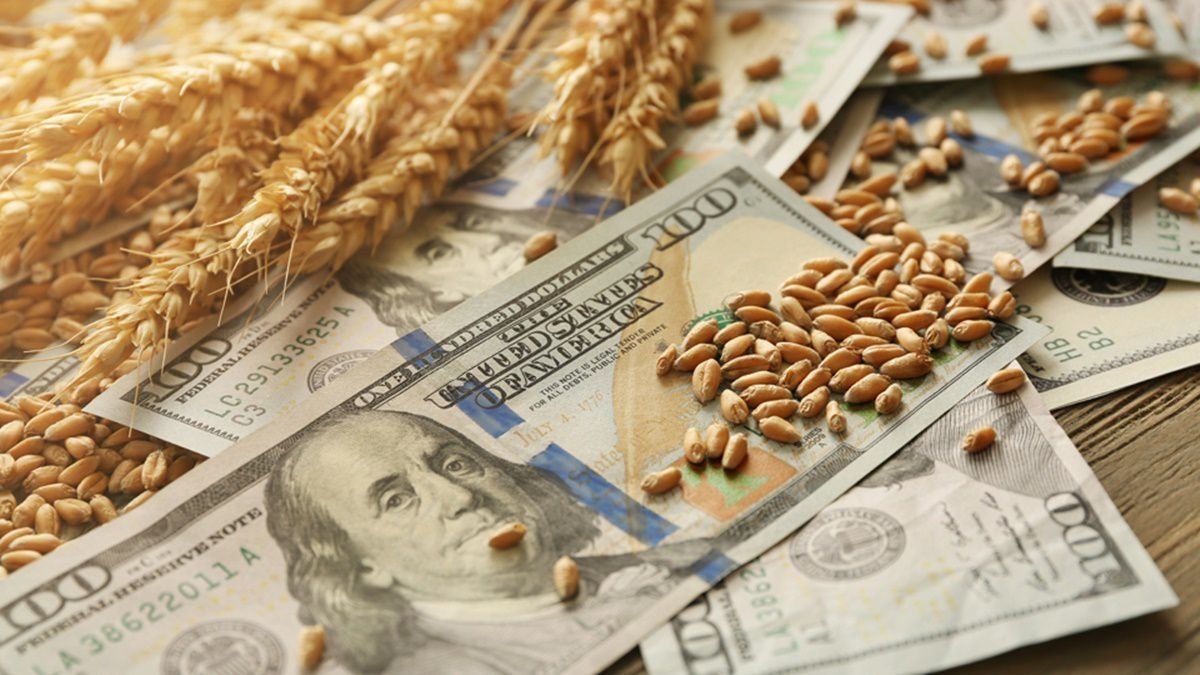The decision was communicated by Caputo through their social networks. “We will extend the reduction of retentions for fine harvest,” he wrote, in reference to the extension of the reduced aliquot of 9.5% that he would overcome in June. With this measure, wheat and barley exports —What generate about US $ 4,000 million annually – They will continue with lower tax burden throughout the 2025/2026 campaign.
From the Argentine Rural Society (SRA)its president Nicolás PinoHe argued that Withholdings “stop investments in the sector and do not generate economic development”. He warned that the continuity of the measure must be oriented “to its definitive elimination.”
Less withholdings to the field: strong claim for soybeans, corn and sunflower
The president of the Argentine Agrarian Federation (FAA), Andrea Sarnarihe also valued the announcement, but highlighted his limitations: “Again it would be transient the decline, and the truth is that We need the withholdings, the worst of taxes, to be gradually eliminatedbut definitively. ”
Along the same line, Carlos Castagnani (CRA) He stressed: “It is necessary for the current situation of low international prices. We value these measures that seek to relieve the load of producers and enhance the competitiveness of the Argentine field.”
From the Argentine Agroindustrial Council (CAA), José Martins, He considered that the decision is in the right direction: “It will collaborate in a greater production for next year.” However, he asked to expand the scope and requested “that the economic team reconsider the importance of doing the same with the thick grains.”
Less fiscal pressure, but with better result for the State
According to the Buenos Aires Cereal Bag (BDEC)the extension of the retentions reduction makes the difference between applying technology or resigning it, between covering costs or losing money. In a context of negative margins and high costs, many producers expected this signal to invest.
The Buenos Aires entity projects that, with this new scenario, the area sown with wheat will grow 6%, reaching 6.3 million hectares, while production could reach 20.5 million tons of wheat and 5.1 million tons of barley, with a 10% increase compared to the previous cycle.
In addition, exports could rise up to 15%, exceeding U $ 4,200 million In currency income.
Another of the central points that highlights the BDEC is that the reduction of the DEX does not imply less collection in absolute terms. On the contrary, when stimulating production and yields, the tax base is extended, generating greater exportable volumes and, therefore, more income for the treasury.
“With incentives, it is sown more, it is reversed more and occurs more,” they said from the entity. The technical report explains that, even with a lower retention per ton, the fiscal result can be the same or even better thanks to the general increase in volume and associated economic activity.
In this sense, several producers and leaders recalled in the last hours the antecedent of 2016, when the Government of Mauricio Macri eliminated retentions for wheat and corn. At that time, wheat production went from 11 to more than 18 million tons in two consecutive campaigns, with a 60%growth.
Ignacio KovarskyPresident of the Confederation of Rural Associations of Buenos Aires and La Pampa (Carbap) He said that “every time retentions are eliminated, agro responds with production, investment and employment. We live it less than a decade ago. We must return to that path, but in a structural and predictable way.”
On the other hand, we must not forget that the improvement in the projected margins for wheat and barley not only encourages planting in the fields, but also dynamizes the productive framework of regional economies. Investment in supplies, fertilizers and technology generates a multiplier effect that reaches contractors, transporters, cooperatives, agrochemical distributors and machinery workshops.
According to Kovarsky“The impact goes beyond the tranquera: more trucks going and coming, more rural employment, more consumption in the villages. It is a chain that is activated from the producer to the entire community.”
This type of impulse takes on special relevance in areas such as the Southwest Buenos Aires and southern Córdoba, where wheat and barley are pillars of the agricultural scheme.
Objective 2026 for the field: more production and less taxes
The projections for the 2025/2026 campaign reflect the optimism content of the sector: with normal climatic conditions and a more friendly fiscal path, Argentina could consolidate a sustained exportable volume above 25 million tons between wheat and barley. That would mean more income for the country and greater external competitiveness against markets such as Australia, Canada and Ukraine.
However, entities warn that this impulse can be diluted if progress is not made towards a comprehensive reform of the agro -export tax scheme. The permanence of export rights in soybeans, corn and sunflower, as well as political volatility around these taxes, continues to be a barrier to long -term planning.
The message from agriculture is very clear and everyone agrees that producers can live with taxes, but need clear and durable rules. If the State wants more currencies, it must bet on increasing production and not to retain a growing percentage of a cake that shrinks.
Source: Ambito




